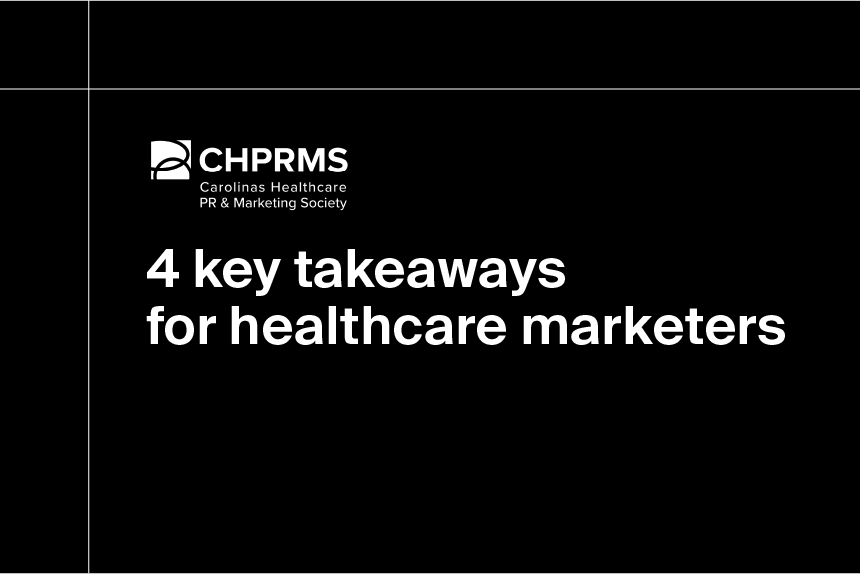Ambulatory surgery centers (ASCs) are outpatient facilities that provide a cost-effective alternative to hospitals for routine surgical procedures. Like hospitals, ASCs are regulated by state and government agencies to ensure patient safety. However, ASCs typically focus on a narrow range of specialties, such as orthopedics, plastic surgery, or neurology. Ownership structures set them apart, too—many ASCs are physician-owned, while an increasing number operate through partnerships with hospitals and corporate entities, creating a diverse and evolving landscape.
In recent years, there has been a steady shift of surgical care from hospital settings to outpatient environments like ASCs, driven by improvements in surgical technology and changing reimbursement models. Today, thousands of ASCs across the U.S., particularly in major metro areas, are playing a central role in the movement toward more accessible care.
What type of procedures are performed at ASCs?
The most common types of surgical procedures performed at ASCs include:
- Cataract removal
- Colonoscopy
- Biopsy
- Knee replacement
- Hip replacement
How many ASCs are there in the U.S.?
According to the Definitive Healthcare SurgeryCenterView product, there are nearly 10,000 active ASCs in the U.S.
We use a variety of sources to maintain our ASC data, including the Provider of Service (POS) File, CMS’ Medicare Ambulatory Surgery Center Limited Data Set (LDS), CMS Ambulatory Surgery Center Compare, and proprietary research.
How many operating rooms does a typical ASC have?
Based on data from more than 5,800 facilities reporting OR data, on average, ASCs have 3.0 ORs.
Leading metro areas with the most ASCs
| Rank | CBSA | Number of active ASCs |
| 1 | Los Angeles-Long Beach-Anaheim, CA | 549 |
| 2 | New York-Newark-Jersey City, NY-NJ | 543 |
| 3 | Atlanta-Sandy Springs-Roswell, GA | 345 |
| 4 | Washington-Arlington-Alexandria, DC-VA-MD-WV | 270 |
| 5 | Dallas-Fort Worth-Arlington, TX | 245 |
| 6 | Phoenix-Mesa-Chandler, AZ | 240 |
| 7 | Baltimore-Columbia-Towson, MD | 212 |
| 8 | Philadelphia-Camden-Wilmington, PA-NJ-DE-MD | 209 |
| 9 | Chicago-Naperville-Elgin, IL-IN | 192 |
| 10 | Houston-Pasadena-The Woodlands, TX | 184 |
Fig 1. - Data is from the Definitive Healthcare SurgeryCenterView product. The number of facilities represents only those ASCs listed as “active” in the Definitive Healthcare database as of July 2025.
The distribution of ambulatory surgery centers (ASCs) across major U.S. metropolitan areas shows strong regional concentrations. Los Angeles leads with 549 ASCs, followed closely by New York with 543 centers. Atlanta has 345 ASCs, while Washington hosts 270. Dallas and Phoenix have 245 and 240 ASCs, respectively. Baltimore, Philadelphia, Chicago, and Houston round out our list with ASC counts ranging from 184 to 212. These numbers highlight the availability of outpatient surgical facilities in some of the country’s largest metro areas.
How are ASCs different from hospital outpatient centers?
Ambulatory surgery centers (ASCs) differ from hospital outpatient departments (HOPDs) primarily in the scope of services offered. Hospitals provide inpatient care and overnight observation, which allows immediate response to surgical complications without requiring patient transfer. ASCs, by contrast, focus exclusively on outpatient procedures and do not offer overnight stays.
Cost differences are significant. ASCs typically specialize in specific procedure types and operate with lower overhead compared to hospitals, leading to reduced costs for payors. The absence of inpatient services and overnight care contributes to this cost efficiency.
For a deeper dive into ASCs and hospital outpatient centers, including procedure volumes, clinical outcomes, and reimbursement patterns, see our whitepaper: Shifting point of care to ambulatory surgery centers.
When patients choose an ASC over a hospital
Outpatient surgery centers offer a convenient, often lower-cost alternative to hospital outpatient departments (HOPDs), but not all procedures are appropriate for these settings. Each year, the Centers for Medicare & Medicaid Services (CMS) publishes its inpatient-only list—a set of procedures that are reimbursed only when performed in an inpatient setting due to safety and clinical complexity. For both ASCs and hospitals, staying aligned with this list is essential for strategic planning.
Certain specialties, such as pain management and ophthalmology, are particularly well-suited for ASCs. These areas often involve high patient volumes and relatively low risk, making them operationally efficient and financially sustainable in an outpatient setting.
Patient selection is also a key factor. ASCs typically serve individuals with low medical risk, or those without significant comorbidities, while patients with more complex health profiles are often directed to HOPDs, where overnight monitoring and expanded specialty care are available if complications arise.
As care delivery continues to shift toward outpatient models, understanding the strengths and limitations of each setting is critical for providers and patients alike.
Learn more
To learn more about trends in outpatient surgery, download our white paper on the shifting point of care from hospitals to ambulatory surgery centers.
And if you need even more insights, start a free trial now and get access to the latest healthcare intelligence on hospitals, physicians, and other healthcare providers.




